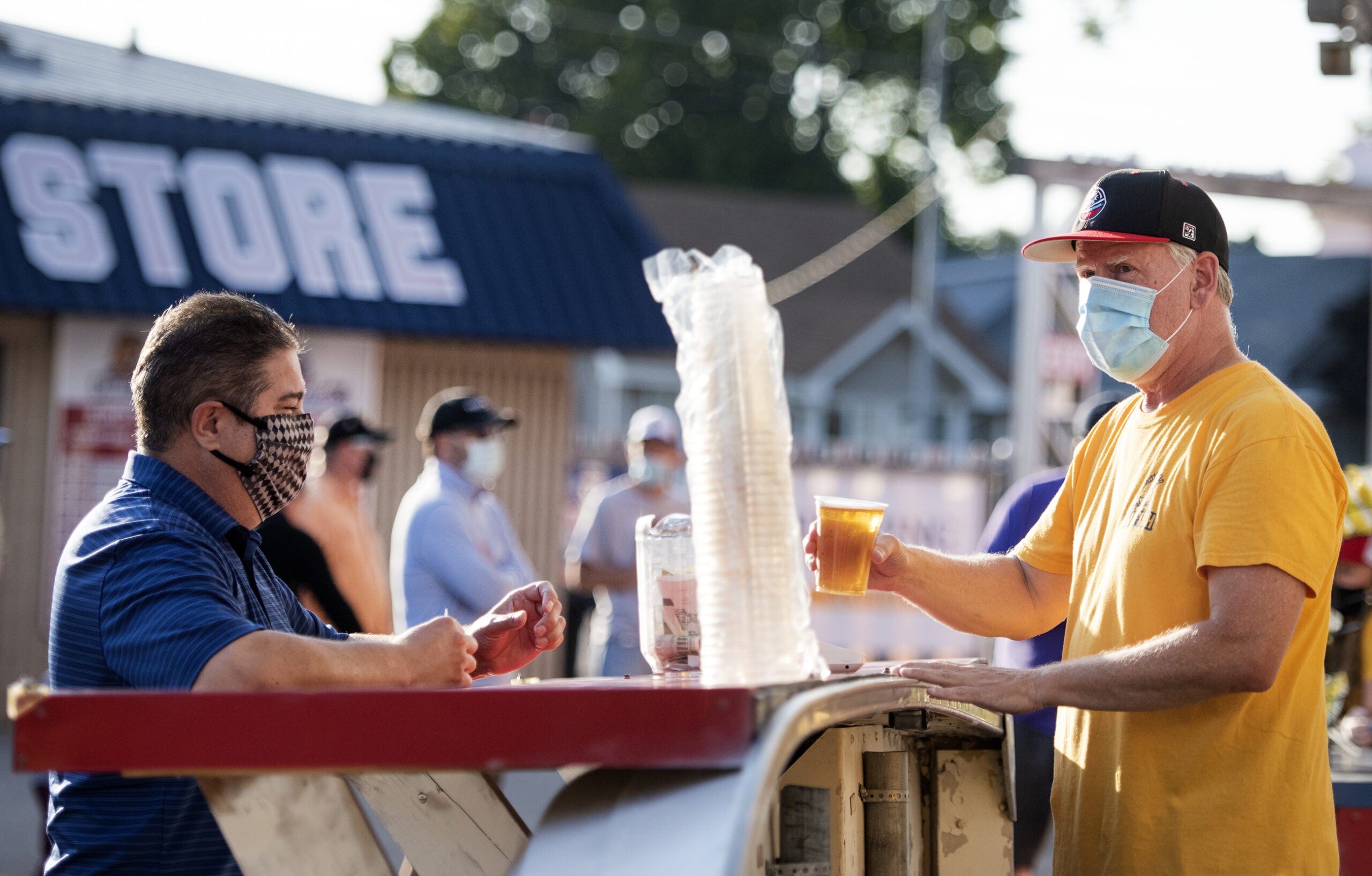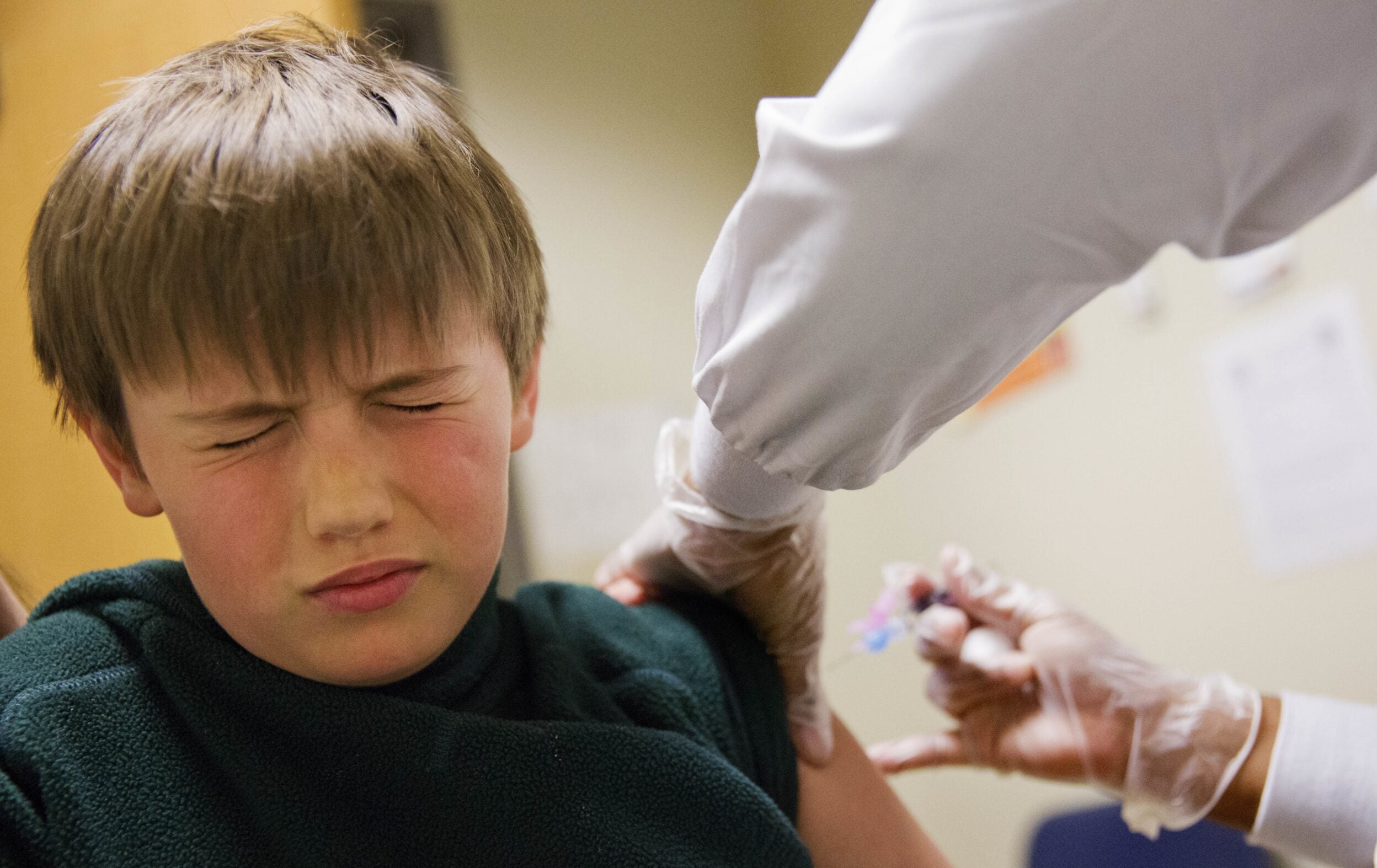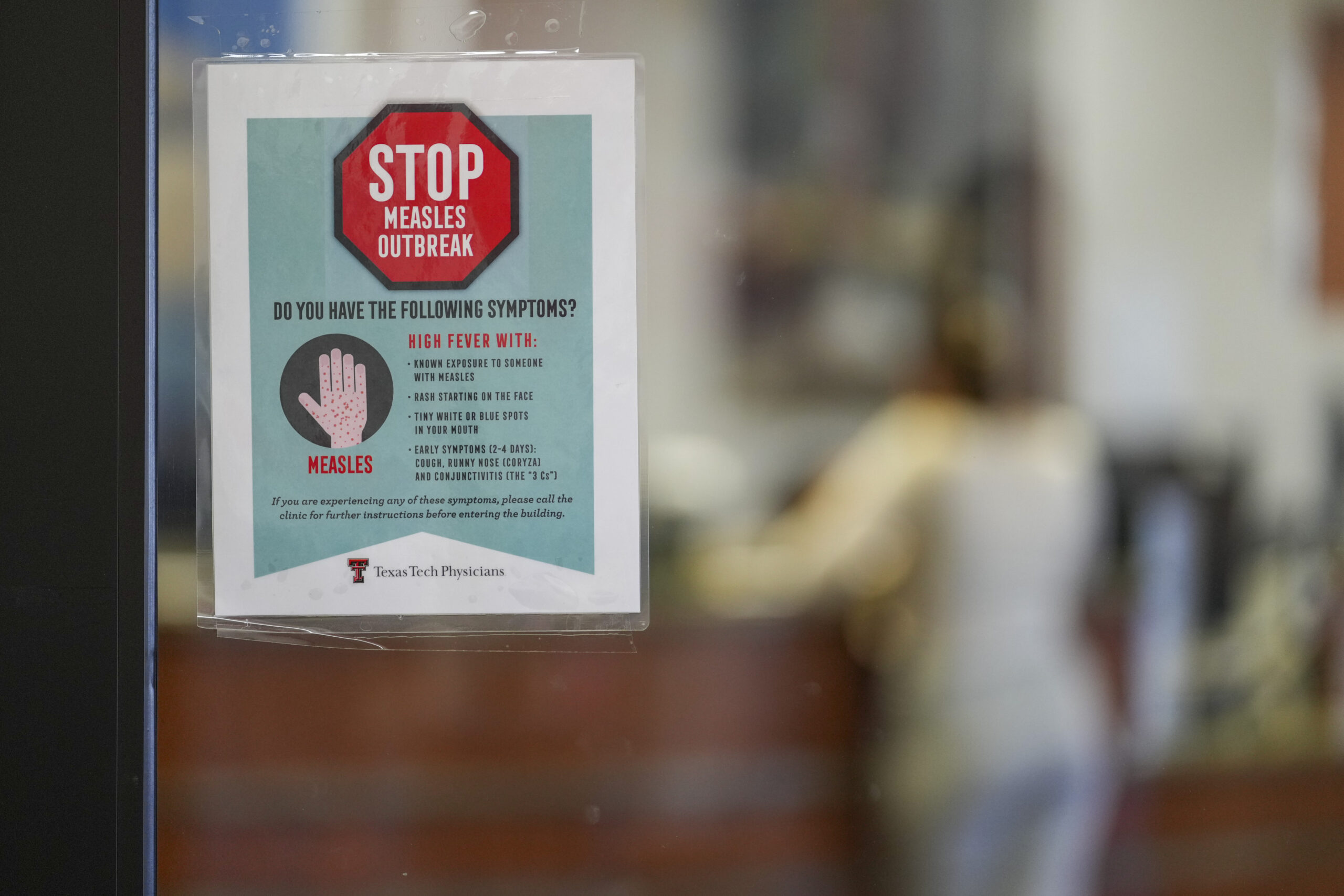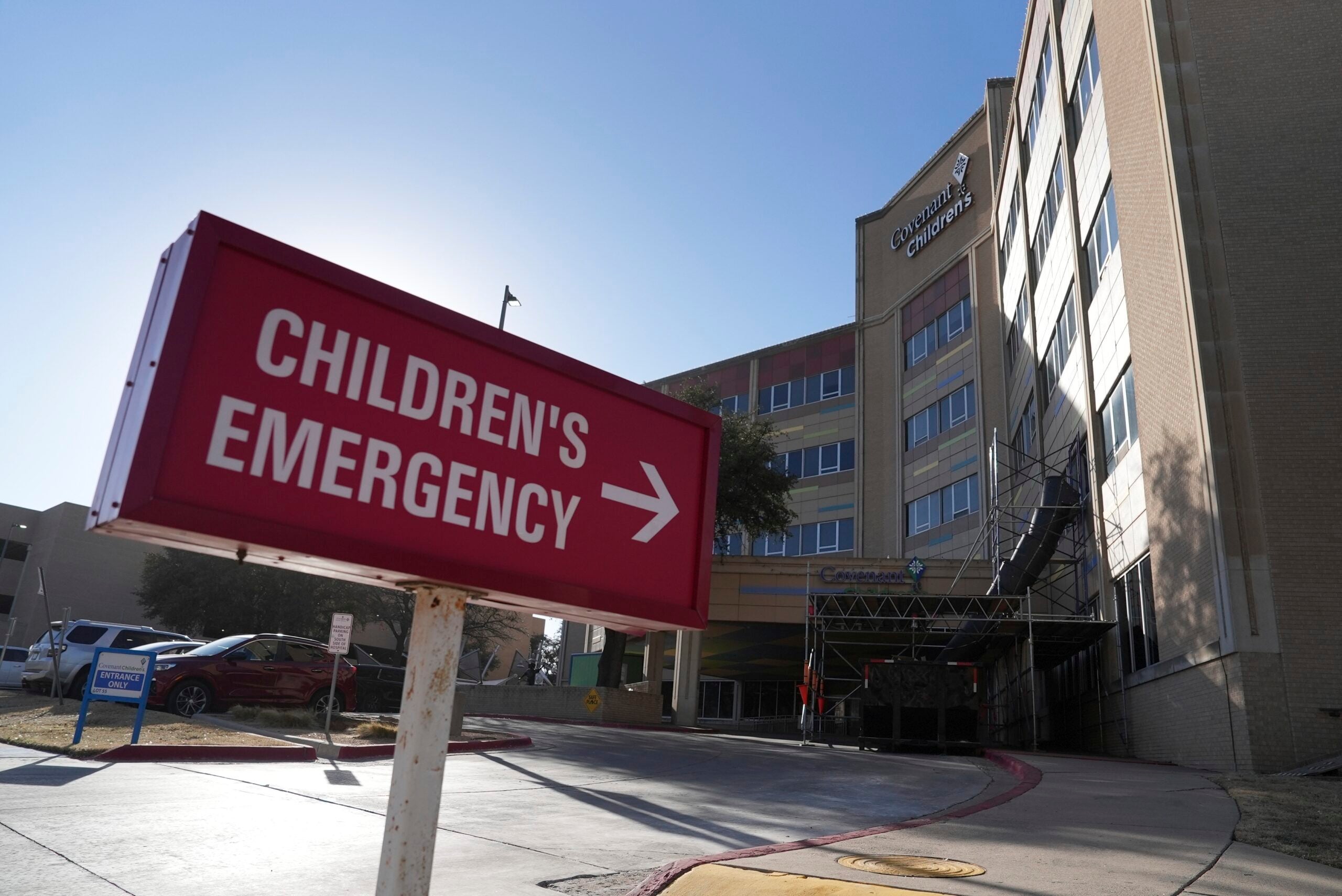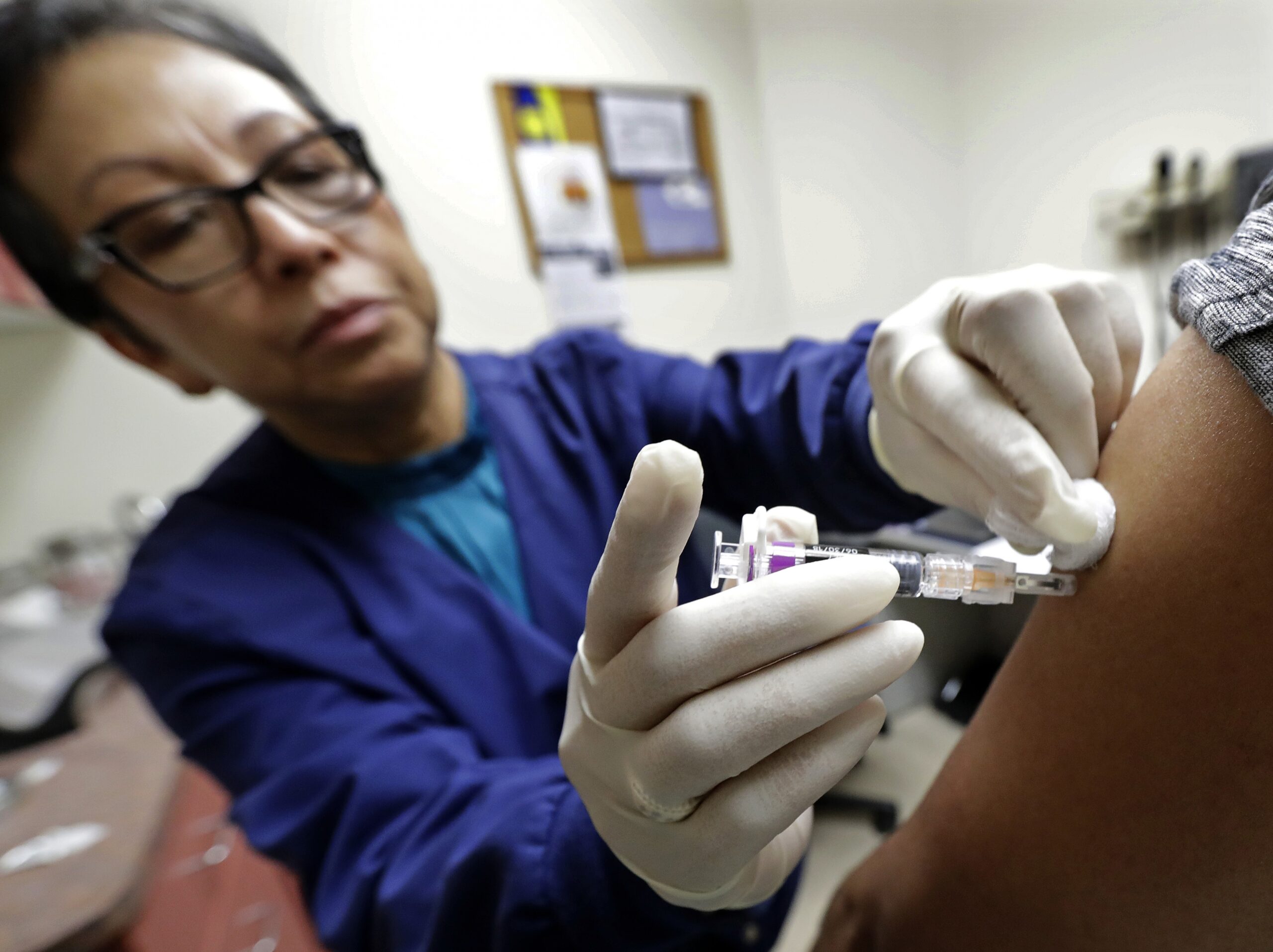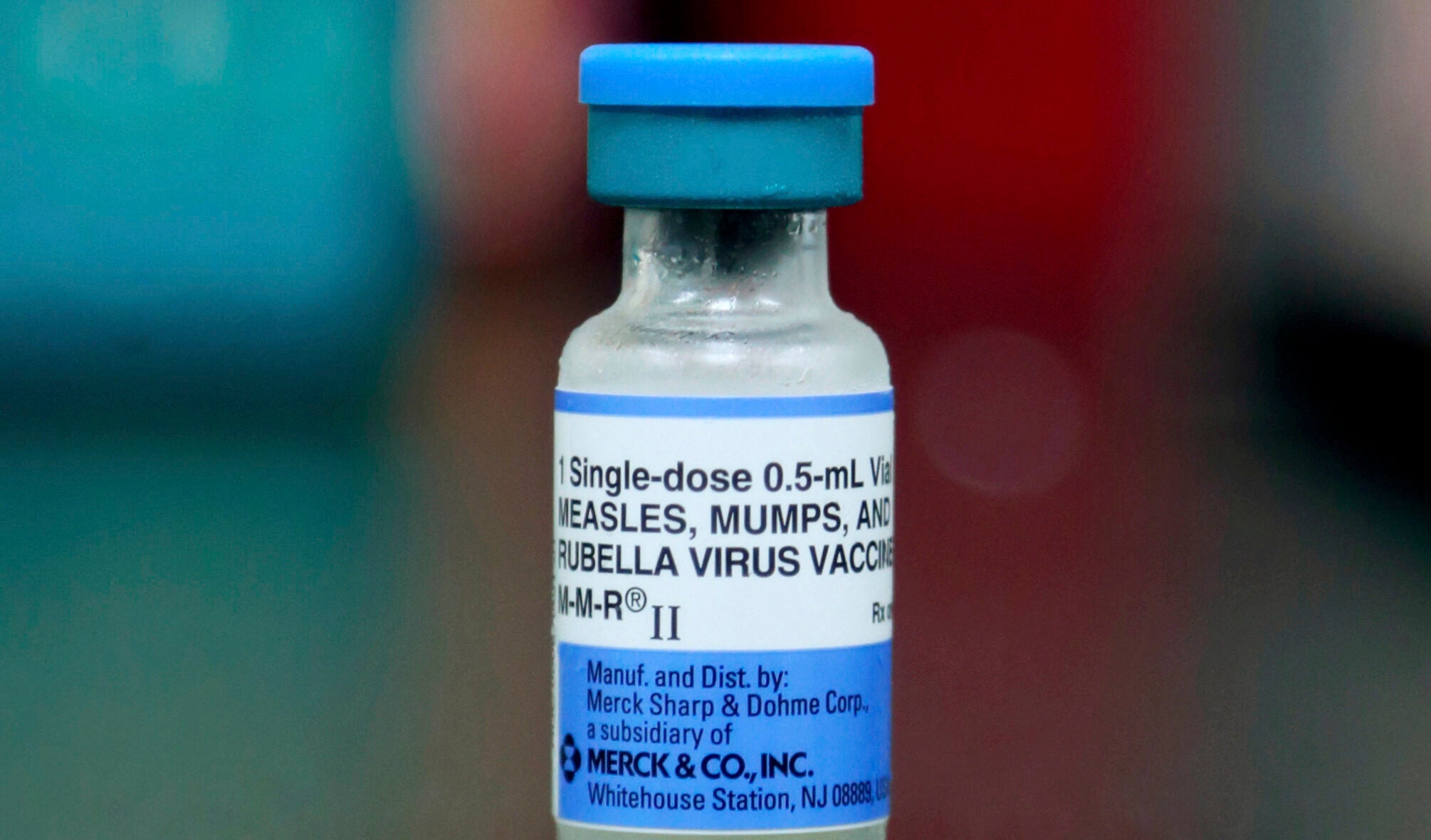As large public events return to communities across Wisconsin this summer, public health officials say having high vaccination rates among attendees will be critical to preventing new outbreaks.
The La Crosse County and Juneau County Health Departments issued a public exposure notification this week for the Stansfield Dart Tournament held at the La Crosse Center last weekend.
A Juneau County resident who had tested positive for COVID-19 broke isolation to attend the tournament and visited businesses near the La Crosse Center on Friday, May 7.
Stay informed on the latest news
Sign up for WPR’s email newsletter.
Jacquie Cutts, public health nursing manager for La Crosse County, said not following the 10-day isolation period, especially to attend a large public event where not everyone is wearing a mask or maintaining social distancing, still carries a high risk of spreading the virus to vulnerable people in the community.
“We understand it’s a long time to be stuck at home and especially if you are feeling better, you feel fine and you just want to go about life as normal. But that doesn’t mean that the people you expose are going to be fine, and we know that there’s that prolonged period that people can shed (the virus),” Cutts said.
With so many people moving in and around the event, Cutts said it’s impossible for county officials to do robust contact tracing related to the exposure. She said officials can only wait to see if the number of cases increase as a result, from people who were exposed at the event and anyone they went on to expose.
Cutts said large exposure events caused by someone who is known to be positive for COVID-19 have been happening throughout the pandemic. But without a statewide mask mandate and higher pandemic fatigue, she expects them to be more common this summer as more public events return to the state.
“Doing the right thing, staying home when you’re ill or you know you’ve been exposed, wearing your mask, trying to be distanced, trying to be smart about how you recreate, all of those things are going to become increasingly important if we want to maintain all of the ground that we’ve gained in the last year and not end up kind of sliding backwards,” Cutts said.
Epidemiologist Ajay Sethi from the University of Wisconsin-Madison said new guidance from the Centers for Disease Control and Prevention that vaccinated people no longer need to wear masks in most situations, both outdoors and indoors, will also have an impact on the potential for mass exposures at public events.
“We’re in an era where the norms around taking precautions are just lessening and lessening over time. At gatherings today, people are not going to be adhering to physical distancing and mask use nearly as much as they were five months ago,” Sethi said. “So this situation is just going to repeat itself and then the question is, will it result in an outbreak of cases and ultimately, will that outbreak of cases involve somebody who is vulnerable for severe COVID?”
Sethi said the answer to those questions depends on how many people are vaccinated at events. He said the rate of COVID-19 infections, especially serious cases, among people who are fully vaccinated is very low.
“I worry if we have a gathering where most people are unvaccinated. And that may sound far-fetched, but it’s not when we go to a place in the state where vaccination rates are overall low,” Sethi said, iIf there is an uptick in spread one given week and by the weekend there’s a gathering, that uptick could become a complete outbreak.”
He said any new outbreaks should be a reminder that most communities have not reached herd immunity — where the virus can’t easily spread and transmission fades — and won’t until more people are vaccinated.
Wisconsin Public Radio, © Copyright 2025, Board of Regents of the University of Wisconsin System and Wisconsin Educational Communications Board.
